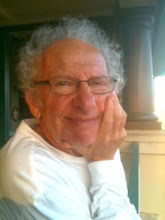Another Taxi Story
In the Twin Cities, taxi fare works like this: as soon as the passenger gets in, the driver drops the flag and $2.50 appears on the meter. Every mile, including the first mile, costs an additional $1.90. Fractions of a mile are 38 cents for every 1/5 of a mile.
My car wouldn't start and I needed to take an urgent trip. Using Mapquest, I found the trip was 15.6 miles long. What was the likely fare, including a 20% tip? Round the fare plus tip to the nearest dime (10 cents).
I found out in advance that the taxi company accepts credit cards. But, if not, could I have paid with $40 in cash?
--------------------------------
Answer: XXXVIII dollars and LX cents. I could have paid with two twenty-dollar bills.
Note: V=5, X=10, and L=50.
